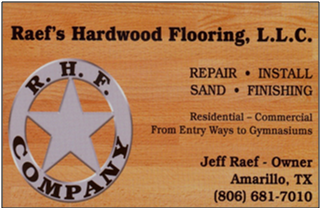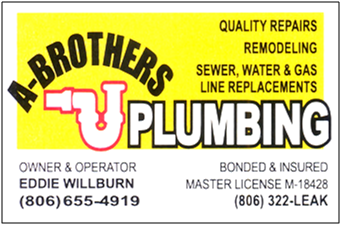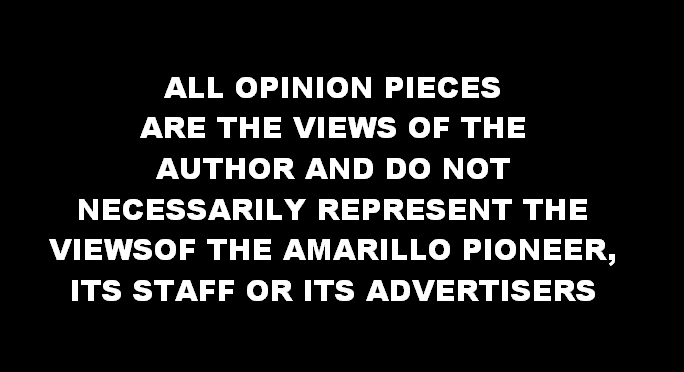Photo by Noah Dawson
Only 22% of Amarillo residents are satisfied or very satisfied with maintenance of city streets and sidewalks, according to a survey conducted by the ETC Institute for the City of Amarillo.
The survey results, which were reported to the City Council during their regular meeting today by Ryan Murray of the ETC Institute, also noted satisfaction with the condition of major city streets being well below statewide and national benchmarks. A few other areas significantly below the statewide and national benchmarks were enforcing cleanup of junk/debris on private property, condition of landscaping/streetscaping in medians/along city streets, and the taste of tap water.
A full list of areas with only a minority of responses being satisfied or very satisfied followed by a percent of respondents satisfied or very satisfied follows.
Major Categories of City Services
Quality of City parks & rec programs/facilities (45%)
Quality of City trash services (43%)
Quality of animal management & welfare services (34%)
Quality of the city's public transit system (33%)
Effectiveness of City communication with public (30%)
Overall flow of traffic on City streets (30%)
Enforcement of City codes and ordinances (27%)
Maintenance of City streets and sidewalks (22%)
Effectiveness of neighborhood/housing support programs (22%)
Public Safety
Fire inspection programs in your community (49%)
Availability of info about police programs/activities (43%)
Enforcement of local traffic laws (42%)
Visibility of police in commercial & retail areas (41%)
Police safety education programs (38%)
Efforts by the City to prevent crime (36%)
Visibility of police in neighborhoods (32%)
Building Safety/Code Enforcement
Enforcing sign regulations (38%)
Enforcement of yard parking regulations (37%)
Efforts to remove abandoned/inoperative vehicles (38%)
Enforcing mowing/cutting of weeds/grass on private property (32%)
Enforcing cleanup of junk/debris on private property (25%)
Quality of Life Services
Overall customer service of parks & rec employees (48%)
Number of athletic leagues offered by the City (41%)
Quality of recreation/athletic/aquatic facilities (37%)
Quality of recreation activities and classes (35%)
Availability of info about parks & rec activities/classes (34%)
Quality of swim lessons (27%)
Maintenance
Cleanliness of storm water drains in neighborhoods (49%)
Adequacy of City street lighting (48%)
Cleanliness of City streets and other public areas (43%)
Condition of pavement markings on City streets (39%)
Condition of sidewalks (36%)
Condition of landscaping/streetscaping in medians/along city streets (34%)
Condition of bicycle infrastructure (32%)
Condition of major City streets (31%)
Communication
Information in the water bill newsletter (43%)
City's website as a source of information (42%)
Services & information provided by the City's Webpage (37%)
Availability of news & information about the City (34%)
Efforts to keep residents informed about local issues (33%)
City's website as a means to transact business (31%)
The City's use of social media (30%)
Level of public involvement in decision-making (15%)
During the presentation, those dissatisfied with areas where they may either feel the city is doing too much or too little were not separated into those categories.
The presentation concluded with a summary stating in part that “if the City can become the most used and preferred source of information, perceptions will begin to change.” Much of the emphasis on changing people’s minds during the presentation was focused on a theory that people who are dissatisfied are simply not well informed about the issues.










